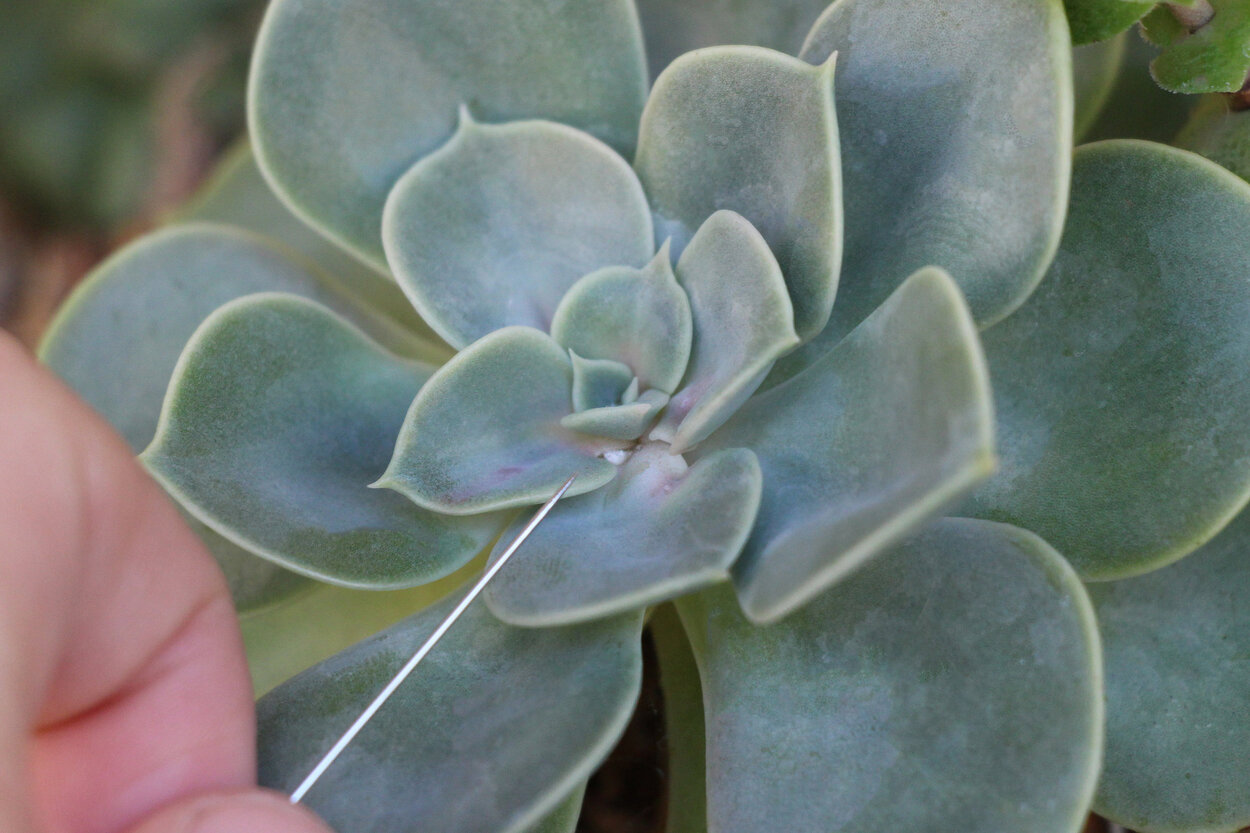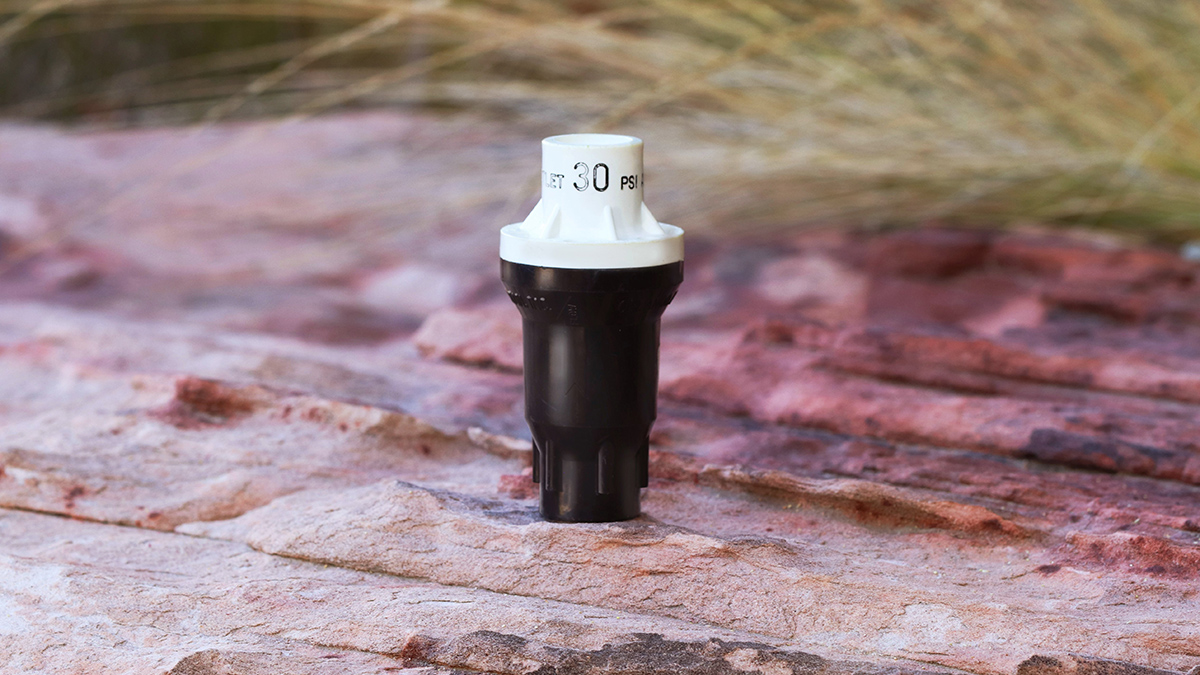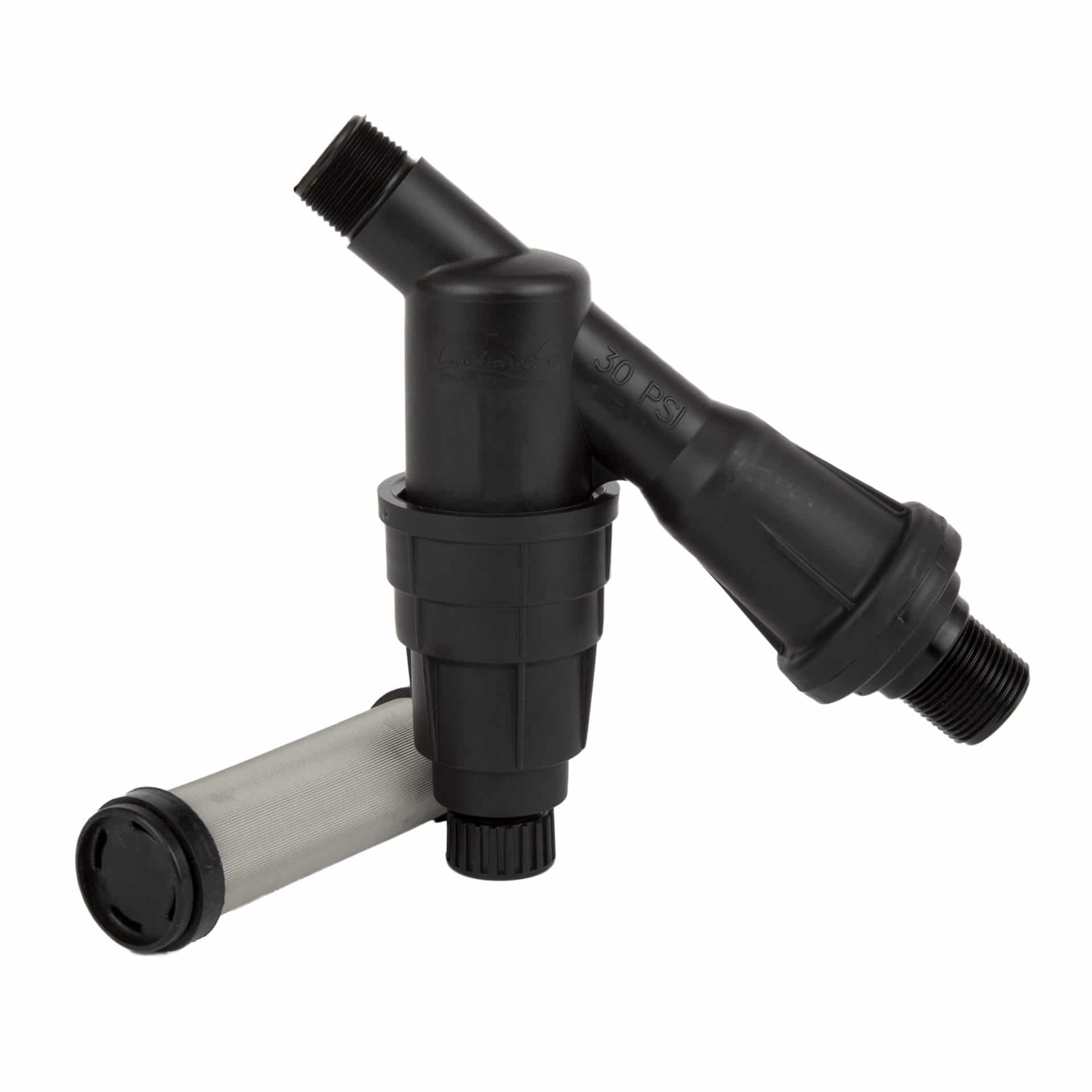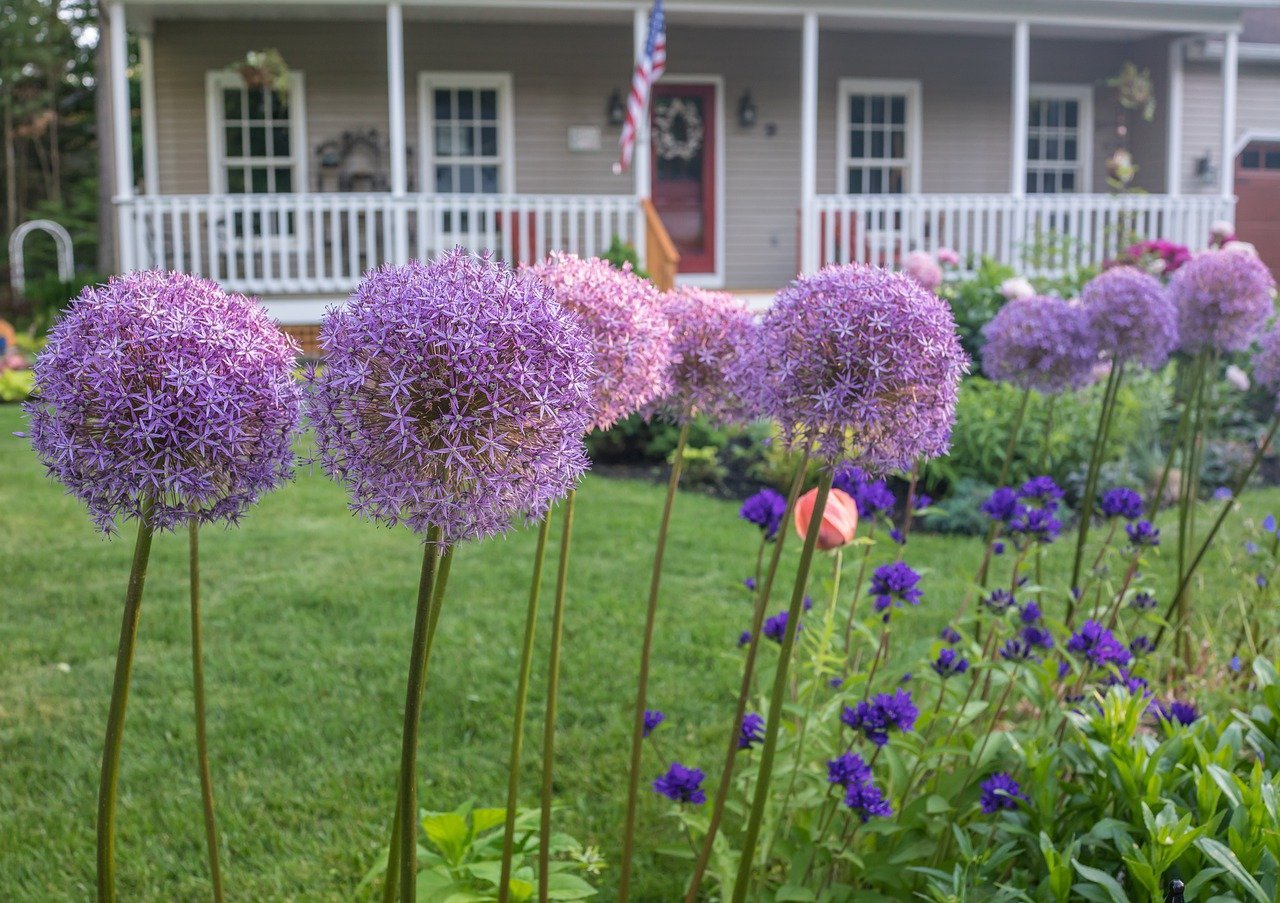Home>Gardening Tips and Tricks>How To Reduce Bugs In Backyard


Gardening Tips and Tricks
How To Reduce Bugs In Backyard
Modified: January 22, 2024
Learn effective techniques for problem solving to reduce bugs in your backyard. Discover simple and practical tips to create a bug-free outdoor environment.
(Many of the links in this article redirect to a specific reviewed product. Your purchase of these products through affiliate links helps to generate commission for Chicagolandgardening.com, at no extra cost. Learn more)
Table of Contents
Introduction
Welcome to the world of gardening, where you can transform your backyard into a beautiful sanctuary. However, alongside the joys of gardening, there may also be unwanted visitors – bugs. These tiny creatures can wreak havoc on your plants and disrupt the peaceful atmosphere you’re trying to create. But fear not, for there are several effective ways to reduce bugs in your backyard without resorting to harmful chemicals.
A natural and eco-friendly approach to pest control not only ensures the health of your plants but also maintains the balance of the ecosystem. By implementing the following strategies, you can minimize the presence of bugs and create a harmonious environment for both your plants and yourself.
Keep in mind, though, that complete elimination of bugs is not always possible or desirable. In fact, some insects, such as bees and butterflies, are beneficial for pollination. The aim is to strike a balance and reduce the population of destructive pests while preserving the beneficial ones.
So, without further ado, let’s dive into some practical tips and strategies to keep those pesky bugs at bay and create a backyard oasis you can enjoy.
Selecting Bug-Resistant Plants
One of the most effective ways to reduce bugs in your backyard is to choose plants that are naturally resistant to pests. Bug-resistant plants have evolved their own defense mechanisms, such as emitting certain scents or producing toxic compounds, to deter insects. By incorporating these plants into your garden, you can significantly decrease the likelihood of bug infestations.
When selecting bug-resistant plants, consider factors such as your climate, soil conditions, and the specific pests you’re dealing with. Native plants are often a good choice as they are adapted to the local environment and are more likely to have natural defenses against local pests.
Here are some common bug-resistant plants to consider:
- Lavender: Not only does lavender have a lovely scent, but it also repels mosquitoes, flies, and moths. Plant it near outdoor seating areas to create a bug-free zone.
- Marigolds: These vibrant flowers not only add beauty to your garden but also deter a wide range of garden pests, including aphids, mosquitoes, and nematodes.
- Basil: This herb not only adds flavor to your dishes but also repels flies and mosquitoes. Plant it near outdoor dining areas to keep pests at bay.
- Mint: Mint is known for its refreshing scent, but insects like ants, mosquitoes, and flies find it repulsive. It’s best grown in containers as it can be invasive.
- Chrysanthemums: These colorful flowers contain a natural insecticide called pyrethrum, making them effective against a wide range of pests, including mosquitoes, aphids, and beetles.
Remember to diversify your garden by planting a variety of bug-resistant plants. This creates a balanced ecosystem that attracts beneficial insects, such as ladybugs and lacewings, which can help control unwanted pests.
Proper Maintenance and Cleanliness
Maintaining a clean and well-maintained garden is essential for keeping bugs at bay. Bugs are attracted to areas with decaying plant matter, standing water, and clutter. By following proper maintenance practices, you can create an environment that is less appealing to insects.
Here are some tips for maintaining a bug-free garden:
- Remove dead leaves and plant debris: Clean up fallen leaves, dead plants, and any other organic matter regularly. This prevents bugs from using them as a breeding ground and eliminates their hiding spots.
- Prune and trim plants: Overgrown plants create dense areas that attract pests. Regular pruning and trimming allow for better airflow and sunlight penetration, keeping plants healthier and less prone to infestations.
- Practice proper watering: Avoid overwatering your plants, as excessive moisture can attract bugs and promote the growth of fungal diseases. Water at the base of the plants early in the morning to allow foliage to dry out during the day.
- Keep structures clean: Regularly clean outdoor furniture, pots, and other garden structures to remove any food residue or debris that might attract bugs.
- Dispose of garbage properly: Make sure to seal trash cans tightly and dispose of any garden waste or organic matter away from the immediate vicinity of your garden to prevent attracting bugs.
By maintaining cleanliness in your garden, you create an environment that is less inviting to pests. Regular upkeep and cleanliness significantly reduce the chances of bug infestations and create an overall healthier and more enjoyable garden space.
Removing Standing Water
Standing water in your backyard not only provides a breeding ground for mosquitoes but also attracts other annoying insects like gnats and flies. By eliminating or properly managing standing water, you can significantly reduce the number of bugs in your outdoor space.
Here are some steps you can take to remove standing water:
- Inspect your property: Regularly check your yard for areas where water tends to accumulate, such as clogged gutters, bird baths, or old buckets. Empty and clean these sources to prevent them from becoming mosquito breeding grounds.
- Ensure proper drainage: Evaluate the slope and grading of your yard to ensure that water drains away properly. Consider installing French drains or utilizing landscaping techniques such as creating swales or rain gardens to redirect water away from your yard.
- Use mosquito dunks or larvicides: For areas where standing water cannot be eliminated, such as ponds or ornamental water features, utilize mosquito dunks or larvicides. These products contain bacteria that specifically target mosquito larvae while being safe for other animals.
- Keep swimming pools clean and treated: If you have a swimming pool, ensure that it is properly maintained and treated with chlorine or other appropriate chemicals. Regularly clean and cover the pool when not in use to prevent insects from using it as a breeding site.
- Empty and refresh pet water bowls: Empty and refill your pets’ water bowls regularly to prevent them from becoming mosquito breeding sites. This small step can go a long way in reducing the number of bugs in your backyard.
Remember, mosquitoes can reproduce in even the smallest amount of water. By being vigilant about removing standing water and implementing proper drainage measures, you can significantly reduce the bug population in your backyard and create a more enjoyable outdoor living space.
Implementing Natural Predators
One of the most natural and effective ways to control bugs in your backyard is by attracting and promoting the presence of natural predators. These beneficial insects and animals feed on pest populations, helping to keep them in check without the need for harmful chemicals.
Here are some natural predators you can encourage in your garden:
- Ladybugs: Ladybugs, also known as lady beetles, feed on aphids, mealybugs, and scale insects. You can attract ladybugs to your garden by planting nectar-rich flowers, such as daisies and marigolds.
- Praying mantises: Praying mantises are voracious hunters that prey on various garden pests, including caterpillars, aphids, and beetles. Encourage mantises in your garden by providing small shrubs or plants where they can hide and lay their eggs.
- Birds: Many bird species, such as robins, sparrows, and chickadees, feed on insects and larvae. Attract birds to your garden by providing bird feeders, birdbaths, and nesting boxes. Make sure to include plants that offer berries or seeds as food sources as well.
- Lacewings: Lacewings are delicate insects that devour aphids, mites, and small caterpillars. Planting flowers like daisies, goldenrod, and yarrow can help attract lacewings to your garden.
- Frogs and toads: These amphibians are excellent bug hunters, especially when it comes to slugs, snails, and mosquitoes. Create a welcoming environment for them by incorporating a small pond or water feature in your garden.
- Ground beetles: Ground beetles are nocturnal predators that feed on a variety of insects, including slugs, snails, and caterpillars. Providing ground cover, like low-growing plants and mulch, can create a suitable habitat for these beneficial beetles.
By attracting and supporting natural predators in your garden, you can establish a self-regulating ecosystem where pests are kept in check. Using this approach not only reduces the need for pesticides but also promotes biodiversity and a healthy environment for your plants.
Creating Physical Barriers
Creating physical barriers is an effective way to prevent bugs from infesting your garden. By implementing these barriers, you can physically block the entry of pests, protecting your plants and creating a bug-free zone.
Here are some methods for creating physical barriers:
- Row covers: Row covers are lightweight, breathable fabrics that can be placed over garden beds or individual plants. They create a barrier that blocks insects from reaching your crops while still allowing sunlight and water to pass through.
- Netting: Use insect netting to cover fruit trees, berry bushes, or other vulnerable plants. The fine mesh of the netting keeps bugs like birds, squirrels, and larger insects from accessing the plants.
- Fencing: Install a fence around your garden to keep larger pests, such as rabbits, deer, or groundhogs, out. Ensure that the fence is buried underground or secured to prevent animals from digging underneath.
- Plant collars: Place plant collars around the base of individual plants to protect them from pests that crawl or burrow into the soil. Collars can be made of cardboard, aluminum foil, or plastic.
- Companion planting: Companion planting involves strategically planting certain crops together to repel pests. For example, planting marigolds around the perimeter of your vegetable garden can deter insects like aphids and nematodes.
- Barriers for containers: If you have potted plants or raised beds, create barriers using copper tape or diatomaceous earth around the edges. These substances deter slugs and snails from crawling onto your plants.
Creating physical barriers not only prevents pests from reaching your plants but also reduces the need for chemical pesticides. It’s a proactive and sustainable approach to bug control, ensuring the health and vitality of your garden.
Using Organic Pest Control Methods
If you prefer to take a chemical-free approach to pest control, organic methods can be highly effective in managing bug populations in your backyard. These methods rely on natural substances and practices that are safe for both the environment and beneficial organisms.
Here are some organic pest control methods you can implement:
- Handpicking: For small infestations, manually remove pests from your plants. Wear gloves and pick off insects like aphids, caterpillars, or beetles and drop them into a bucket of soapy water.
- Beneficial insects: Introduce beneficial insects, such as ladybugs or praying mantises, to your garden. You can purchase them or create an environment that naturally attracts them by planting specific flowers and providing shelter.
- Homemade insecticidal soaps: Make your own organic insecticidal soap by mixing mild dish soap with water. Spray this solution on affected plants to control pests like aphids, whiteflies, and spider mites. This method is safe and easy to use.
- Neem oil: Neem oil is a natural pesticide derived from the seeds of the neem tree. It is effective against a wide range of pests, including aphids, mealybugs, and caterpillars. Dilute the oil according to instructions and spray it on affected plants.
- Companion planting: Planting certain crops together can disrupt the life cycle of pests, making your garden less appealing to bugs. For example, planting garlic, onions, or chives alongside susceptible plants can deter insects.
- Organic repellents: Utilize natural repellents to deter pests from your garden. For instance, crushed eggshells or coffee grounds around plants can deter slugs and snails.
Organic pest control methods not only effectively manage bug populations but also promote a healthy and balanced ecosystem in your garden. By using these natural alternatives, you can maintain the integrity of your plants while minimizing your environmental impact.
Conclusion
Creating a bug-free backyard doesn’t have to involve the use of harmful chemicals or pesticides. By implementing the strategies mentioned above, you can effectively reduce bugs in your outdoor space while promoting a healthy and sustainable environment for your plants.
Start by selecting bug-resistant plants to minimize the likelihood of infestations. Consider native plants that are suited to your climate and soil conditions. Proper maintenance and cleanliness are crucial in preventing the attraction and reproduction of bugs. Regularly remove dead leaves, prune plants, and dispose of garden waste properly.
Additionally, removing standing water eliminates breeding sites for mosquitoes and other insects. Implement natural predators by creating habitats and planting flowers that attract organisms like ladybugs, lacewings, and birds. Creating physical barriers, such as row covers and netting, can physically block pests from reaching your plants.
Finally, embrace organic pest control methods, such as using homemade insecticidal soaps, neem oil, and companion planting. These methods provide safe alternatives to conventional pesticides and help maintain the ecological balance in your garden.
Remember, achieving a bug-free backyard is about finding the right balance between controlling pest populations and preserving a healthy ecosystem. By employing these strategies and approaches, you can create a beautiful and thriving outdoor space that is free from unwanted bugs.








